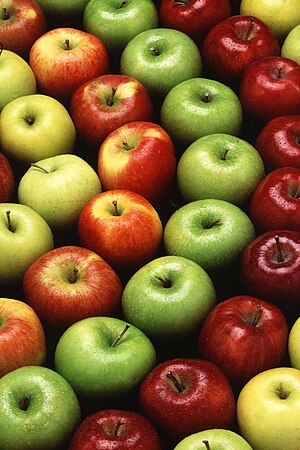Everyone recognizes that something happens to us as fall approaches with the accompanying shedding of the trees and days getting shorter by minute by minute. For some, this is a time to retreat from life, as the seasons go through their cycles. Human emotions are somehow inexplicably tied in to a larger picture. Many become sad and depressed. But, what can you do to help with this inevitable part of life?
Scientists say that as the days shorten, the lack of sunlight affects our internal clocks and melatonin levels, so that we become susceptible to depression and social withdrawl. So, with that in mind, being forewarned is forearmed.
What steps can be taken to improve the mood?
It has been suggested that persons prone to this disorder plan for this by getting as much daytime sunlight as possible. Try taking a walk early in the day. Plan a few outdoor activities to get the benefit of sunlight, even though the days are shorter. You will also be getting additional vitamin D which is also essential in elevating the mood.
Many residents of Scandanavian countries have adapted rituals to help with regard to mood elevation. One such practice is to use candles regularly, at meals, etc. this helps to create a welcome environment which is bound to help elevate the mood.
Source:
Shinn, Lora, "Win over winter" Natural Health Magazine
Scientists say that as the days shorten, the lack of sunlight affects our internal clocks and melatonin levels, so that we become susceptible to depression and social withdrawl. So, with that in mind, being forewarned is forearmed.
What steps can be taken to improve the mood?
It has been suggested that persons prone to this disorder plan for this by getting as much daytime sunlight as possible. Try taking a walk early in the day. Plan a few outdoor activities to get the benefit of sunlight, even though the days are shorter. You will also be getting additional vitamin D which is also essential in elevating the mood.
Many residents of Scandanavian countries have adapted rituals to help with regard to mood elevation. One such practice is to use candles regularly, at meals, etc. this helps to create a welcome environment which is bound to help elevate the mood.
Source:
Shinn, Lora, "Win over winter" Natural Health Magazine



























